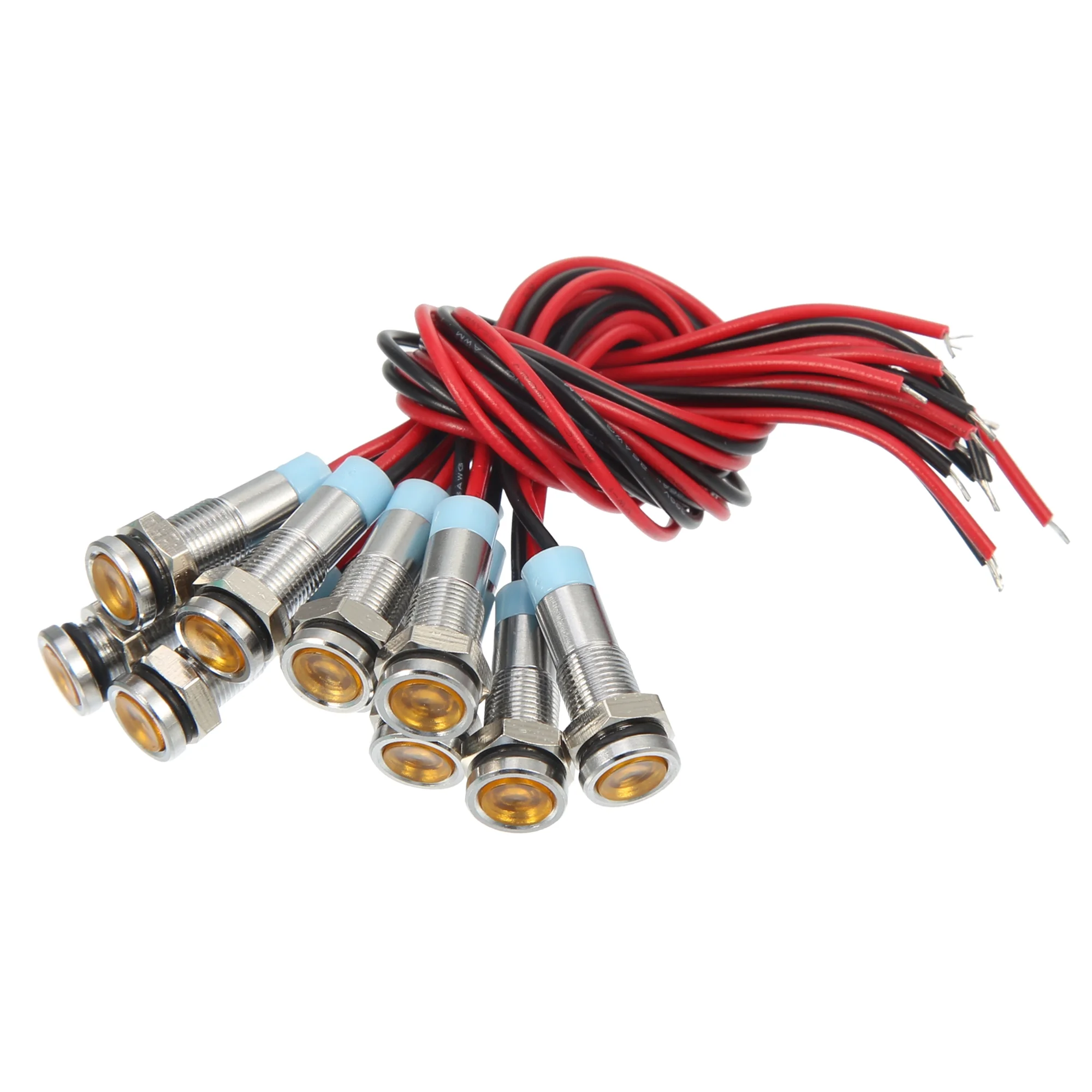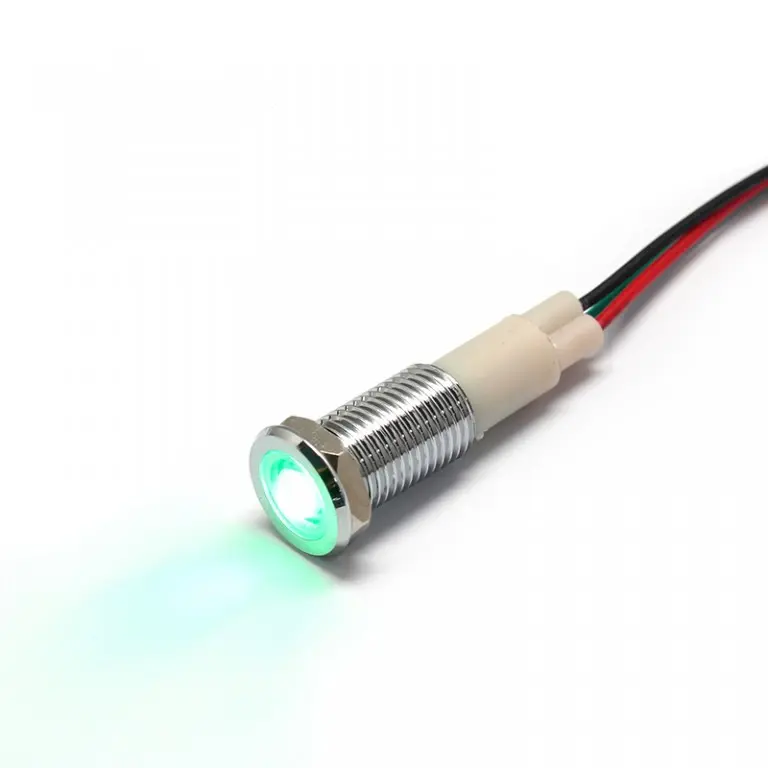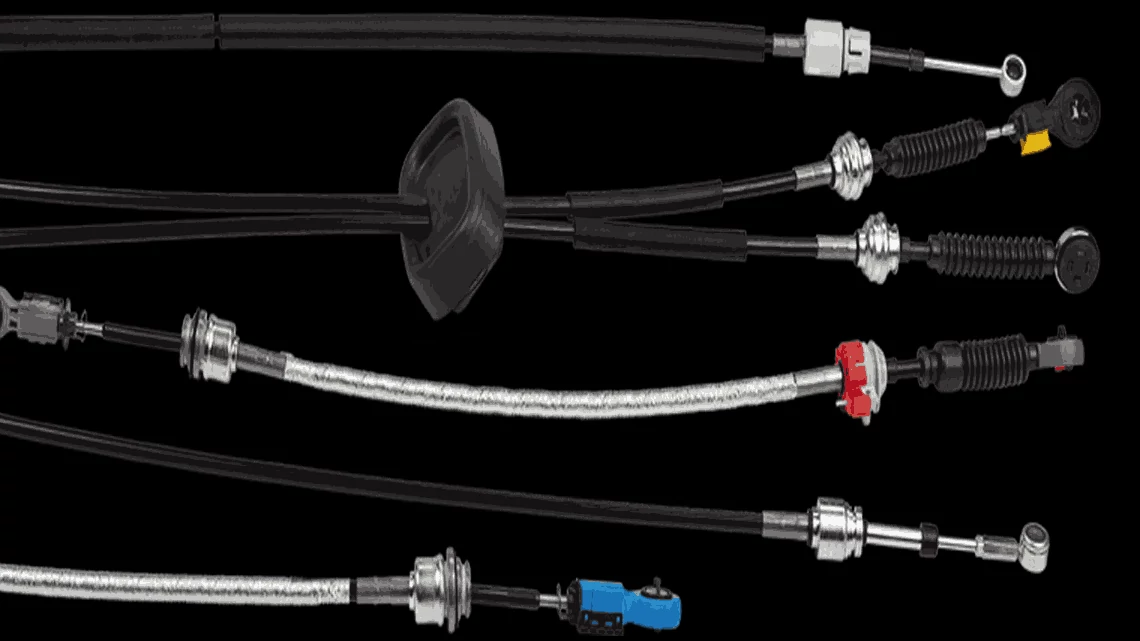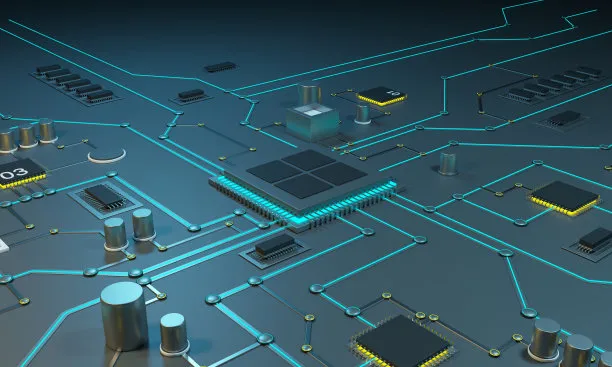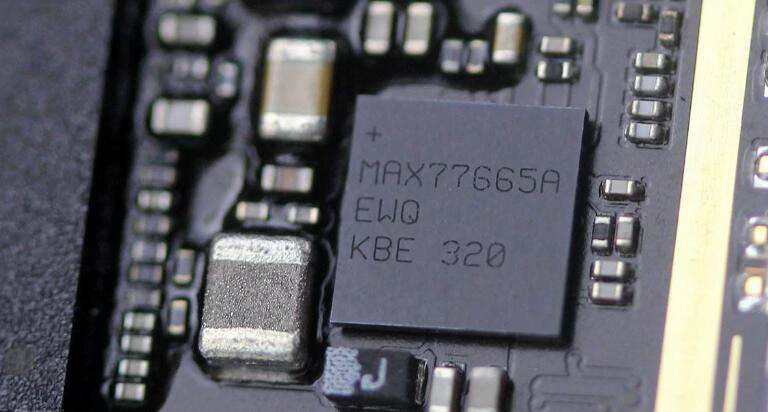An introduction to Housing Material in the indicator light Main...
Buck Converter in DC charging pile power management chip: High performance voltage regulator
In the power management chip of DC charging pile, Buck converter is a key power regulation component, which is responsible for converting the higher input voltage to the lower stable output voltage to meet the power supply demand of the internal circuit of the charging pile.
Main component
Concept:
A Buck converter, also known as a buck converter, is a switching mode DC-DC (DC-DC) converter. Its main function is to reduce the input high voltage to a lower stable voltage, while providing high efficiency and high power density. The Buck converter controls the charge and discharge process of the inductor by periodically switching the power transistor (usually a MOSFET) on and off, thereby adjusting the output voltage.
Function:
1. Voltage regulation: The Buck converter can reduce the high input voltage of the DC charging pile to the low voltage suitable for the operation of the internal circuit to ensure the stable operation of the circuit.
2. High efficiency: Compared to conventional linear regulators, Buck converters offer higher efficiency at high voltage drop ratios and high load currents, reducing energy loss and heat generation.
3. Miniaturization design: Due to the high efficiency and fast response characteristics, the Buck converter helps to reduce the volume of the power management module and achieve the miniaturization design of the charging pile.
4. Dynamic response: Buck converter can quickly respond to load changes, provide stable output voltage, and maintain stable output even when the charging pile load changes.
Working Principle:
1. On-state: When the power switch (such as MOSFET) is on, the current flows through the inductor and is charged, at this time the output voltage is provided by the capacitor, and the inductor stores energy.
2. Cut-off state: When the power switch is off, the inductor releases energy, and the current is maintained continuously through the diode to ensure that the output voltage is stable.
3. Feedback regulation: The Buck converter monitors the output voltage through the feedback loop and adjusts the on-off and cutoff time (i.e. duty cycle) of the power switch to control the stability and accuracy of the output voltage.
4. Voltage control: The regulation of the output voltage is achieved by changing the PWM duty cycle. When the duty cycle is greater than 50%, the converter works in Boost mode (boost); When duty cycle is less than 50%, work in Buck mode (buck).
Sum up
Through this working principle, the Buck converter in the DC charging pile power management chip not only improves the energy utilization efficiency, but also ensures the precise control of voltage during the charging process, which provides a strong guarantee for the stable operation of the charging pil
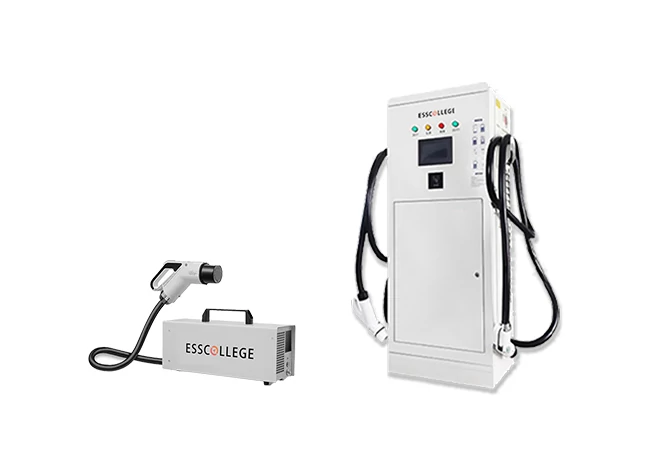
DC CHARGING PIlE SERIES
DC charging pile is an efficient charging facility for electric vehicles, which uses direct current (DC) to directly charge the vehicle battery, significantly reducing the charging time. Compared with traditional AC charging piles, DC charging piles are able to provide higher power output and can usually charge an EV to 80% of its capacity in 30 minutes, providing users with a convenient charging experience.
Extended reading
What material is the head indicator made of?
What material is the head indicator made of? The materials...
An introduction to the insulation materials in the indicator light
An introduction to the insulation materials in the indicator light...
An introduction to the transmission cable in the display
An introduction to the transmission cable in the display Main...
Components of the control module
Components of the control module Dc charging pile control module...
THE ESSC Brand promise
Global supply
Our products sell well all over the world, covering many countries and regions, through the global logistics network, to provide customers with convenient purchasing experience.
Rigorous quality
We adhere to the highest quality control standards to ensure every product meets industry regulations and customer expectations, earning trust through consistent excellence.
Excellent service
With a customer-centric approach, we provide prompt responses, professional support, and personalized services, aiming to deliver the best user experience and long-term value.
